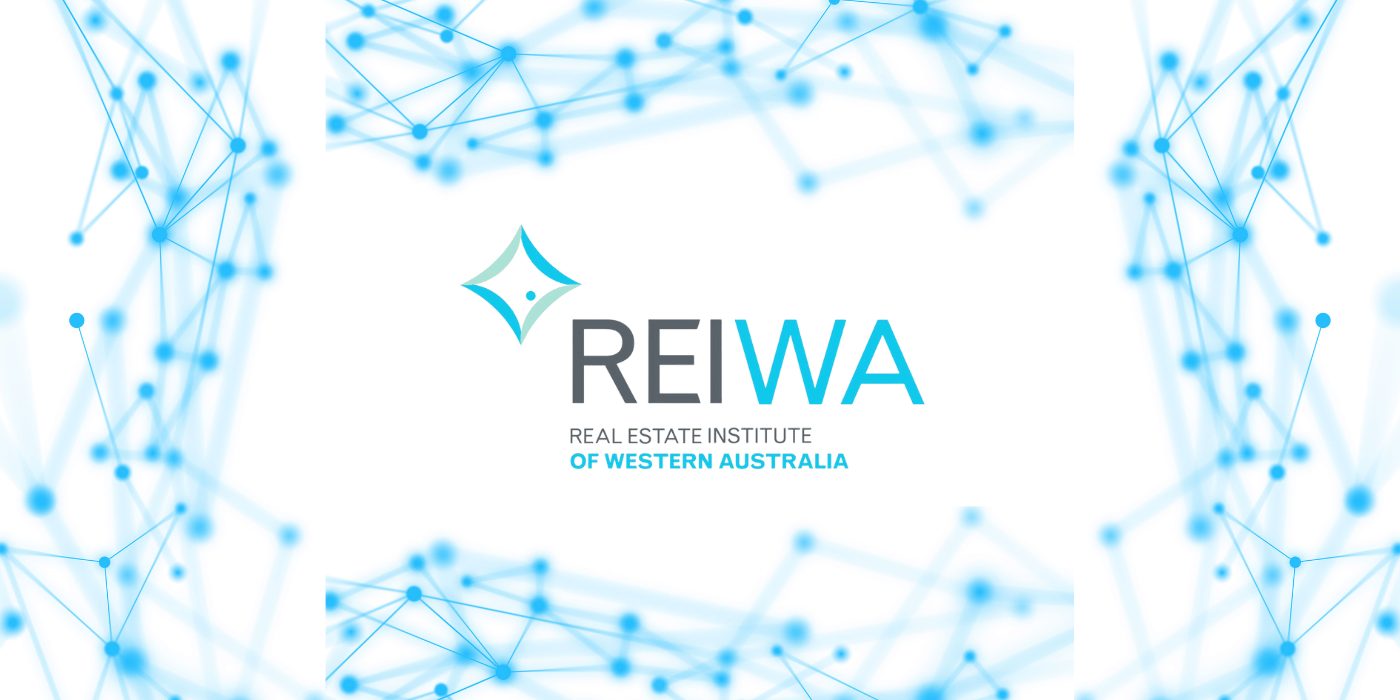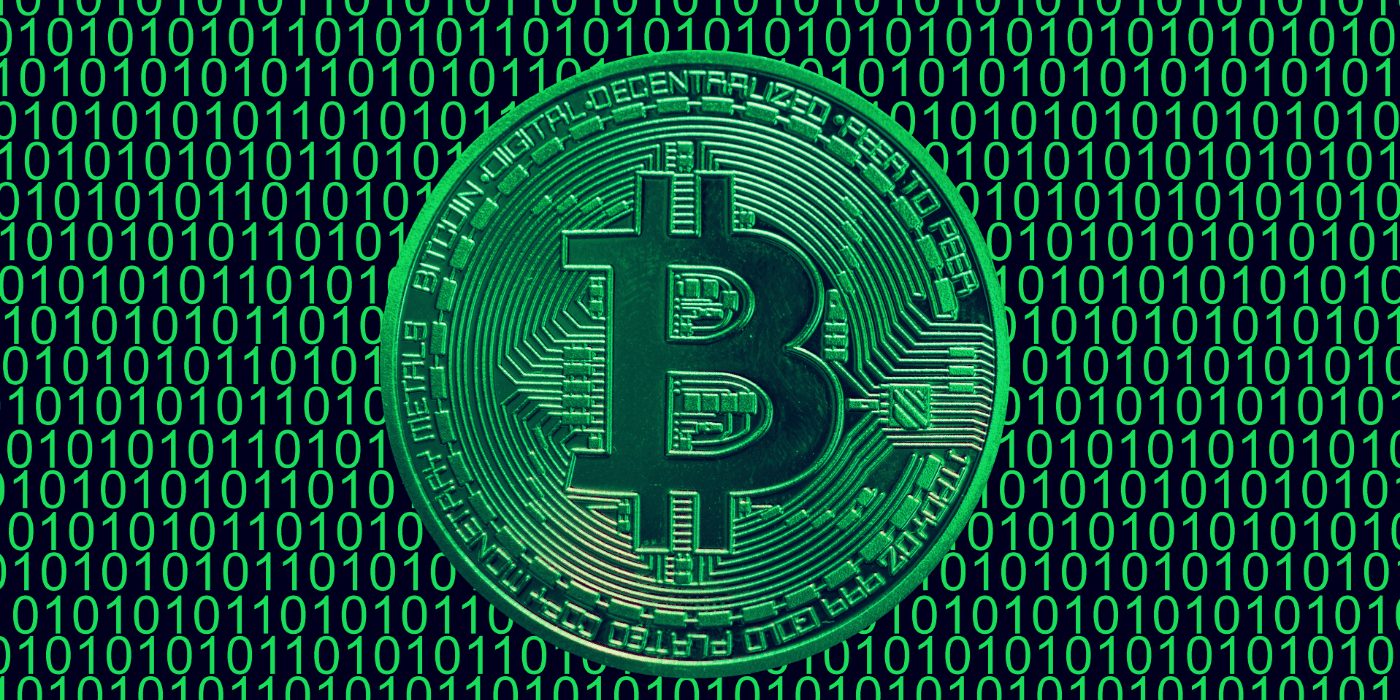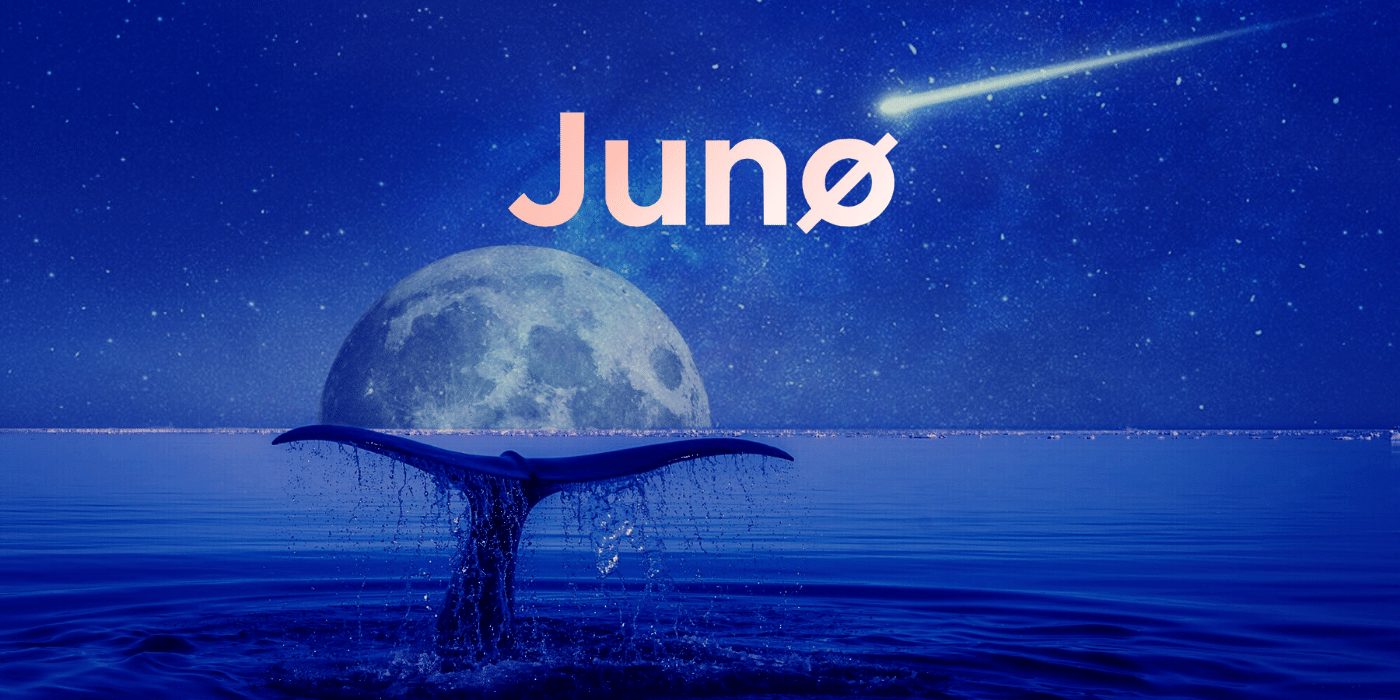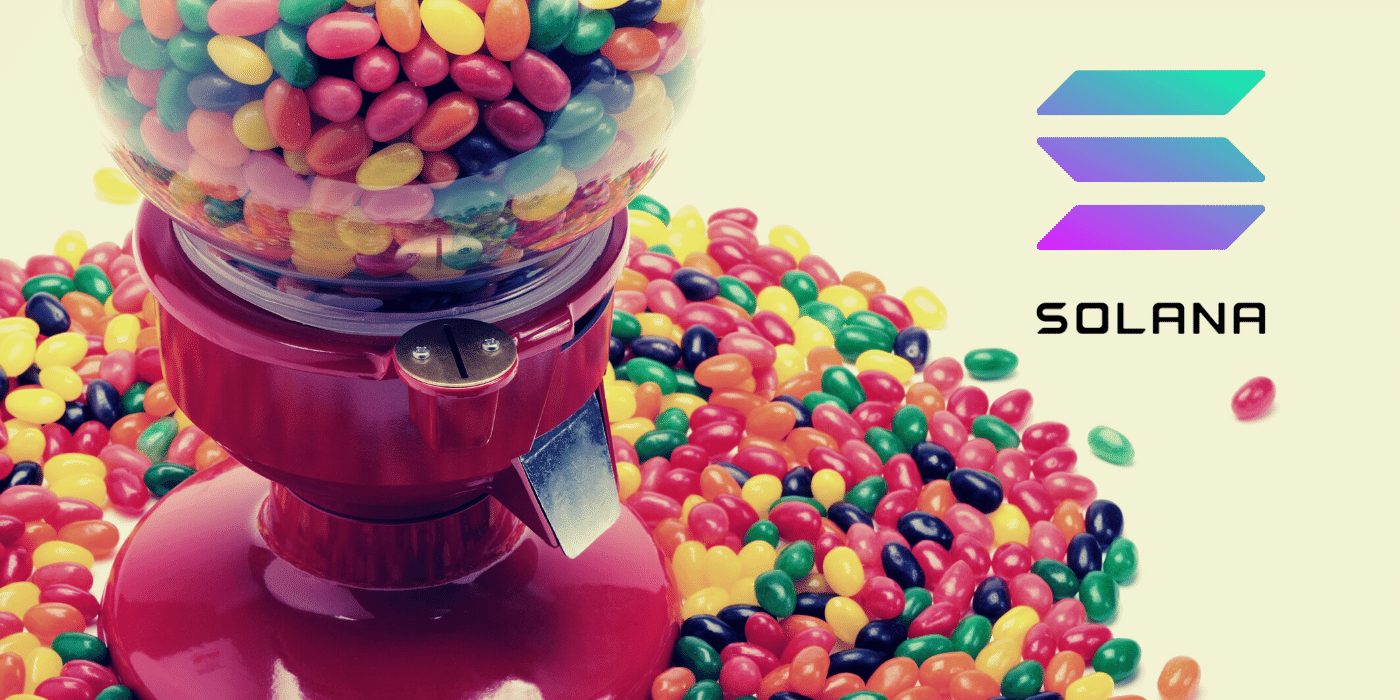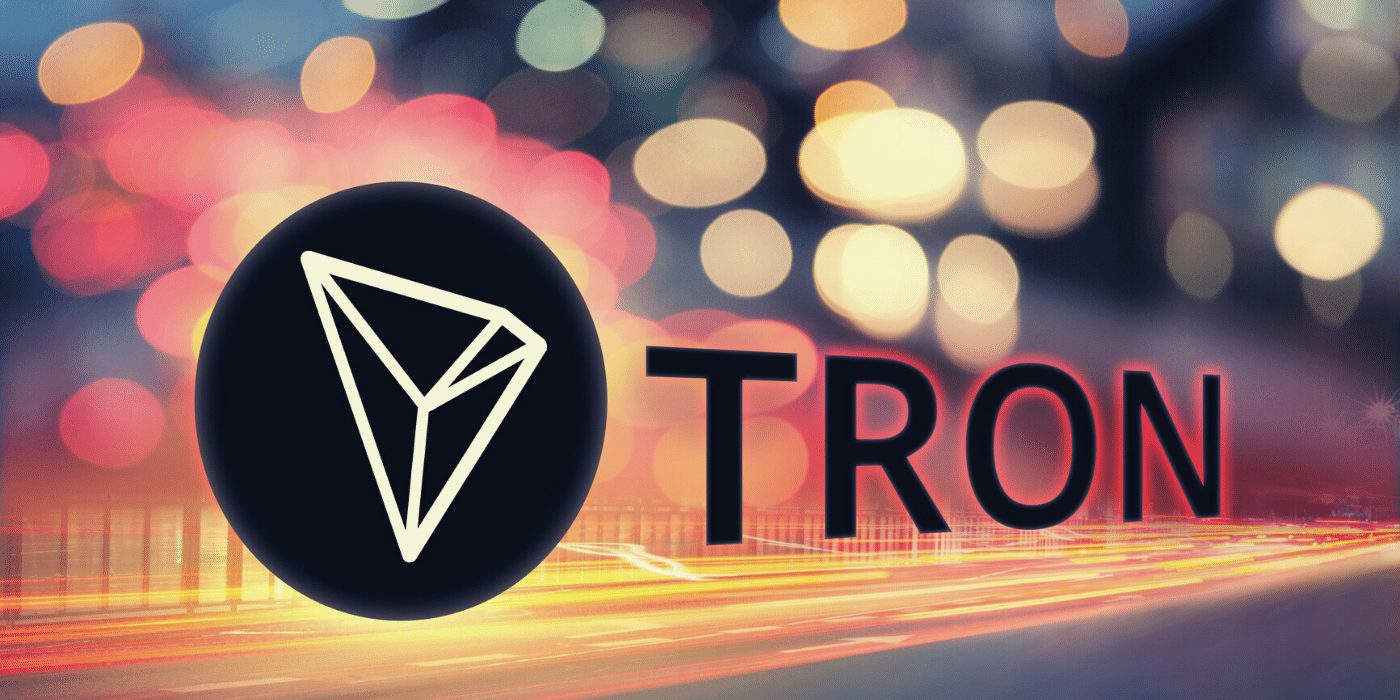The Real Estate Institute of Western Australia (REIWA) is set to introduce mandatory blockchain training to WA real estate agents in an Australian-first move designed to help the sector adapt and evolve as cryptocurrency becomes more mainstream.
Real Estate to Adopt Tokenisation and Smart Contracts
This training will allow the industry to broaden its service offerings and utilise blockchain applications such as tokenisation and smart contracts. Partnering with Perth-based blockchain consulting firm TecStack for the delivery of the training, REIWA will educate its industry on how crypto can affect sellers, buyers, tenants and property managers.
TecStack’s director, Abheeti Pass, has described crypto as “fast-moving technology”, noting that the first to adapt are most likely to have the best chance to capitalise on growth opportunities in the field:

We are seeing whole new DeFi markets and technology-enhanced property online services opening up, and it is vitally important that today’s real estate professionals know how to understand and cater to these emerging customers’ needs so they can build ongoing relationships based on trust and expertise.
Abheeti Pass, director, TecStack
With an influx of DeFi newcomers in the market who are not using traditional finance methods, there is an opportunity for real estate agents to take on new types of clients.
Crypto Pops in on Property
The real estate sector has been moving slowly but steadily in its adoption of crypto, with increments of progress such as this one cropping up across the globe. September 2021 saw multinational commercial real estate company Jones Lang LaSalle Incorporated (JLL) make a deal with blockchain platform VeChain in a push to promote sustainable practices in the sector.
And January 2022 was a big month for blockchain tech in real estate as Propy, the real estate smart token, shot up by 227 percent following its Coinbase listing. Propy is one of the leaders in buying and selling homes via smart contracts.
In other related news, US fintech company Milo is now offering its customers zero deposit, Bitcoin-backed real estate loans. This is a world-first bitcoin mortgage offering, yet it will only be usable for US property.

